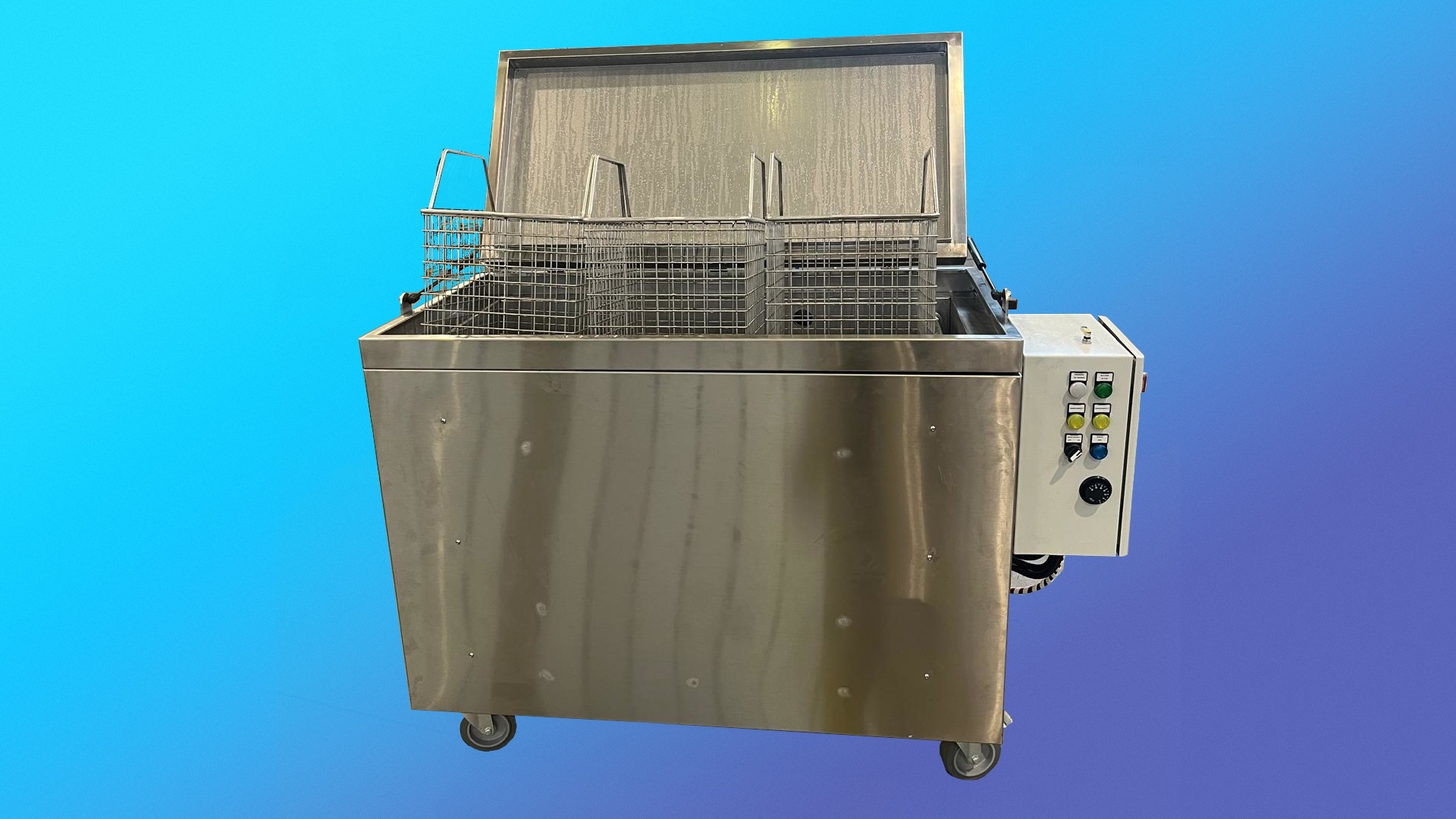Industrial painting is a precision sector. Even more delicate, however, is the cleaning of painted components. It is no coincidence that many entrepreneurs in the sector rely on us and our partners around the world to find effective solutions suited to their business. One of our distributors turned to us to tackle this challenge, in order to maintain the highest possible level of quality and efficiency in the cleaning of industrial paints. This is the Ws1000 Power project.
Target: productivity and time reduction
The main need was to integrate and implement new washing stations within the painting production process, with the aim of improving overall efficiency. One of the main wishes was to automate cleaning operations as much as possible, reducing manual intervention and increasing treatment precision.
The final objective was twofold:
- Reduce the processing times of the painting process, minimizing machine downtime;
- Optimize productivity without compromising the quality of the final result.
To achieve this goal, it was essential to develop a solution capable of ensuring high standards of cleanliness, while preserving the safety of operators and the longevity of the equipment used in painting.
Preliminary analysis
The first step in our research was to interview the distributor to try to glean as much information as possible on the entire industrial painting process, evaluating the average volume of pieces to be treated and identifying any critical points that slowed down operations. Not only that, we also went there in person, on several occasions, to see and understand with our own eyes what the main needs were. In essence, we did nothing more than apply the Geicos method, tailor-made for each customer.
One of the most complex aspects was to meet the high expectations of customers, but we also want to always meet them first. The goal was in fact to guarantee rapid processing times and impeccable cleaning. To overcome this obstacle, we developed an automated solution that allows you to pre-set temperatures and washing cycles via a PLC, a small computer for industry originally specialized in the management or control of industrial processes. This has allowed us to improve overall efficiency.
Solution: water base and silicone resistors

After choosing to opt for a heated water-based product, perfect for removing paint residues without the use of aggressive solvents, the first step was to prepare a quote to evaluate the economic feasibility. Once we had the green light, we designed and created a completely new prototype, designed to meet the specific requirements of the production process.
Ws1000 Power integrates a soaking system with pneumatic agitation of the washing liquid. Although the system may seem complex, its operation is actually very simple. It involves inserting the components into three baskets inside a tub with a heated tank equipped with silicone resistances. Subsequently, once the temperature and washing times have been set, the cycle starts automatically, ensuring uniform and precise washing. Furthermore, the use of silicone resistors has made the system even easier to maintain and repair!

The results
During the testing and implementation phase, we collected a lot of feedback from our distributor, which highlighted significant improvements in terms of productivity and reduction of processing waste.
Thanks to the new technology, the cleaning of painting equipment has become faster and more effective, reducing machine downtime and improving the final quality of painting on metal, plastic, and other industrial surfaces.
The greatest satisfaction was seeing a customer so satisfied with Ws1000 Power, that he decided to purchase a second machine, in order to further increase the production capacity.
Future developments
Thanks to this project, we were able to test and optimize new features that will be available for future installations, such as the new advanced programming of washing cycles and automatic process monitoring.
This success story demonstrates that customized cleaning solutions can significantly improve the operational efficiency of companies, both in the painting sector and in other industrial fields, confirming the importance of innovation in industrial cleaning.


